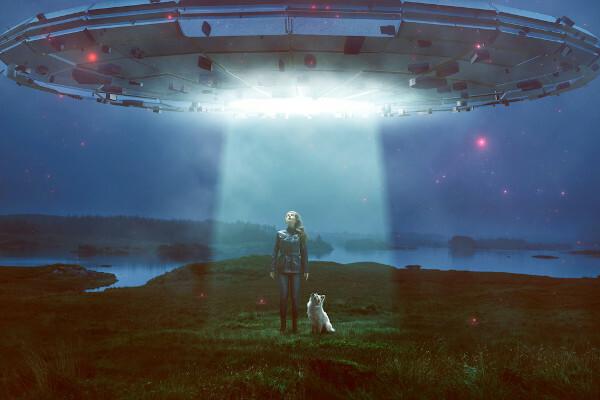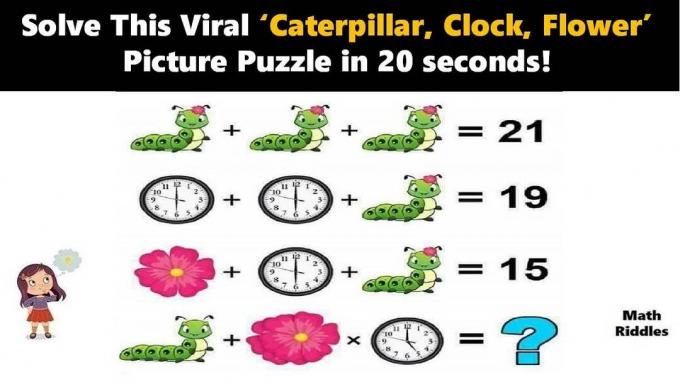Paradox, also known as oxymoron, it's a figure of thought responsible for contrasting an idea. It is a figure of speech with broad concepts, so it has some subdivisions:
- true paradox
- conditional paradox
- fake paradox
Unlike paradox, antithesis occurs when two ideas are in opposition.
Read too: Irony - figure of speech that suggests the opposite of what is stated
paradox concept
Paradox, also known as oxymoron, is a thought figureresponsible for establishing a nonsense within the sentence with expressive effect, that is, it is a stylistic resource, so it is within the scope of speech figures.In this way, the paradox is not just an opposition, because, for it to occur, the elements of the sentence must be contradictory.
Example:
“what i don't have and wish is what enriches me best.” (Manuel Bandeira)
Note the inconsistency that occurs in the highlighted terms. O me lyric uses two expressions that contradict each other within the same idea, because "not have" in the sense denotative, is opposite to "wealth"
. Thus, it is a connotative construction, with an evident expressive intention, giving another meaning to the word “enrichment”.See another example taken from the song “Peter Gast”, by Caetano Veloso:
"I'm an ordinary man/ any/ Deceiving between pain and pleasure/ [...]/ no one is common / and I'm nobody/ […] / I'm an ordinary man.”
Note that the paradox occurs in the contradictory condition of someone being "an ordinary man”, however, no one is common. Note, then, the contradictory effect that occurs between the terms.
Types of paradox
true paradox
Occurs based on a logical reasoning that leads to uncertain results. It's a type of paradox often used by the exact sciences, psychology, philosophy and physics.
Example:
A man traveled in a spaceship on the speed of light. His twin brother stayed on Earth, moving around daily. When the traveling brother arrives at Earth, is younger than his twin brother, who remained on the planet. Thus, it is possible to say that time runs slower for those who traveled through space. To learn more about this thought experiment proposal, read: Ptwins' adox.
false paradox
They are paradoxes with false results, therefore, are based on false reasoning. Of this type of paradox, one of the most famous is the Epimenides paradox (Greek poet, philosopher and mystic who lived around 600 BC Ç.). It is a paradox in that any answer that is established will be incorrect or false, as Epimenides has linked information that will never lead to any exact answer. Look:
Once upon a time there was an accused who said:
"As long as my lie is not revealed, I will continue to lie."
Then the judge said:
"If the accused lies, his lawyer will also lie."
Finally, the lawyer said:
"Whoever is able to unravel my lie will tell the truth."
Which one is lying?
conditional paradox
They are paradoxical constructions that depend on the continuous cause and consequence relationship., that is, the resolution of a fact will always lead to another problem, which will demand another solution, and so on. An example of this type is the Fermi paradox.

Enrico Fermi was an American physicist who excelled in the study of quantum theory. There was an event that occurred in the summer of 1950, when Fermi was talking to friends about the UFO investigation, thus starting a debate about alien life and theories. Fermi, amazed, asked: "Where is everyone?" This established one of the most paradoxical questions in science.
Fermi's paradox is within the scope of conditional paradoxes, as needs real proof of the existence of extraterrestrial beings. In this way, this paradox will always continue, as it will lead to other problems and questions in the scientific sphere.
See too:Facts that prove the arrival of man à Moon
Difference between paradox and antithesis
On the surface, antithesis and paradox may seem similar, yet they are figures of speech that are distinct from each other. The antithesis consists in the approximation of words or expressions of opposite meanings. The paradox, as presented, is the opposition within the same idea, one opposed to the other.
See the examples:
"The sand, white, is now black, with feet that tread on it.” (Jorge Beloved)
Note the occurrence of antithesis in the example due to the opposition between the words “white” and “preta”. Note that these are two distinct ideas.
Now, notice the next verse taken from a Camoian sonnet.
“É lonely walk by between thepeople...”
Note that there is no opposition between the ideas, but an inconsistency in relation to the same idea, because the word "lonely” is not established coherently with the sequence of the verb, which is “...walking among us...". To find out about this figure of speech that expresses opposition, read: THEnthesis.

Exercisesresolved
question 1 – (Vunesp) Read the excerpt from the book “The dance of the universe”, by the Brazilian physicist Marcelo Gleiser:
Some people become heroes against their own will. Even if they have really (or potentially) revolutionary ideas, they often don't recognize them as such, or don't believe in their own potential. Torn between facing their insecurity by exposing their ideas to the opinion of others, or remaining defensive, they prefer the second option. The world is full of poems and theories hidden in the basement.
Copernicus is perhaps the most famous of these reluctant heroes in the history of science. He was the man who put the Sun back at the center of the Universe, while doing everything so that his ideas were not spread, possibly out of fear of criticism or persecution religious. He was the one who put the Sun back at the center of the Universe, motivated by the wrong reasons. Dissatisfied with the failure of Ptolemy's model, which applied the Platonic dogma of uniform circular motion to the celestial bodies, Copernicus proposed that the equant be abandoned and that the Sun should occupy the center of the Cosmos. In trying to make the Universe adapt to Platonic ideas, he returned to the Pythagoreans, resurrecting the doctrine of central fire, which led to the heliocentric model of Aristarchus eighteen centuries before.
His thinking reflects the desire to reformulate the cosmological ideas of his time only to go back further in the past; Copernicus was, without a doubt, a conservative revolutionary. He could never have imagined that, by looking into the past, he would be creating a new cosmic vision that would open new doors for the future. Had he lived long enough to see the fruits of his ideas, Copernicus would surely have hated the revolution he unwittingly caused. Between 1510 and 1514, he composed a small work summarizing his ideas, entitled Commentariolus (Small comment). Although at the time it was relatively easy to publish a manuscript, Copernicus decided not to publish his text, sending only a few copies to a select audience.
He was a firm believer in the Pythagorean ideal of discretion; only those who were initiated into the complications of mathematics applied to astronomy were allowed to share their wisdom. Certainly this elitist position was very peculiar, coming from someone who had been educated for years within the Italian humanist tradition. Was Copernicus trying to get a feel for the intellectual climate of the time, to get an idea of how “dangerous” his ideas were? Did he not really believe in his own ideas and therefore wanted to avoid any kind of criticism? Or was he so immersed in Pythagorean ideals that he really had no interest in making his ideas popular? The reasons that might justify Copernicus' attitude are, to this day, a point of discussion among specialists.
The Dance of the Universe, 2006. Adapted.
In “Copernicus was, without a doubt, a conservative revolutionary” (3rd paragraph), the underlined expression is an example of
THE. euphemism.
B. pleonasm.
Ç. hyperbole.
D. metonymy.
AND. paradox.
Resolution
Alternative E. The expression “conversational revolutionary” is a paradox, as it is a reasoning that contains contradictions in its structure by the joining of two meanings in the same idea, creating an incoherent effect or illogism.
Question 2 - (And either)
Túlio Piva's work could be studied in school benches, alongside Noel, Ataulfo and Lupicínio. If the creator chose to remain in his love — Santiago, and later Porto Alegre, the work raised higher flights, with tickets in Russia, the United States and Venezuela. There has to be a mulatto woman, her greatest samba, it's something for an ace. A portrait made of rhythm and poetry, an ode to the genre he's always loved. And the paradox: a mix of gaucho and Italian, born on the border with Argentina, talking about samba, morro and mulatto, with style. And what a category! A guitar beat that made history. Tango transmuted into samba.
RAMIREZ, H.; PIVA, R. (Org.).Tulio Piva: to be Brazilian samba. Porto Alegre: Petrobras Cultural Program, 2005. (adapted)
The text is an excerpt from music criticism on the work of Túlio Piva. To emphasize the artist's quality, the (a)
A) contrast between the place of birth and the choice for the samba genre.
B) example of Gaucho themes addressed in samba lyrics.
C) allusion to Brazilian and Argentine musical genres.
D) comparison between samba dancers from different regions.
E) approximation between Brazilian and Argentinean cultures.
Resolution
Alternative A. The contrast, in the text, is indicated in the following excerpt: “And the paradox: a mixture of gaucho and Italian, born on the border with Argentina, speaking of samba, hill and mulatto, with category. [...]. Tango transmuted into samba”. Therefore, by pointing out the contradiction, the paradox, the author also points out the contrast, the opposition.
by Marcelo Sartel
grammar teacher


